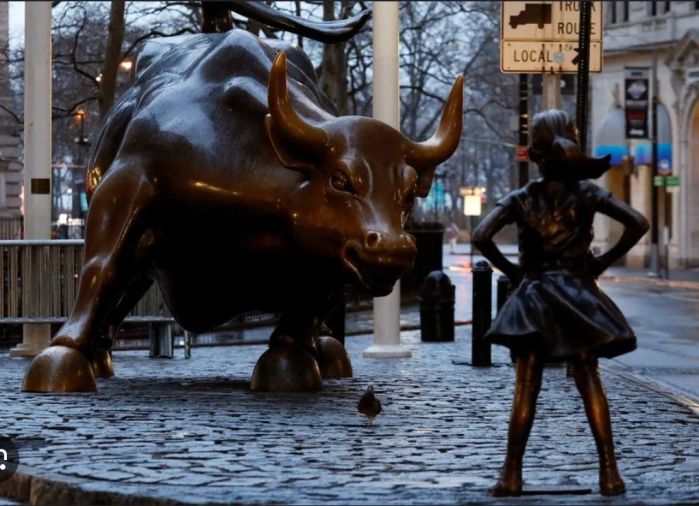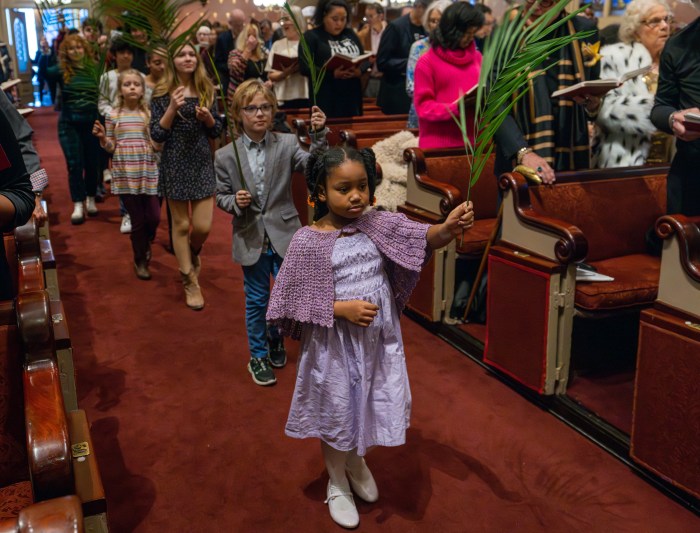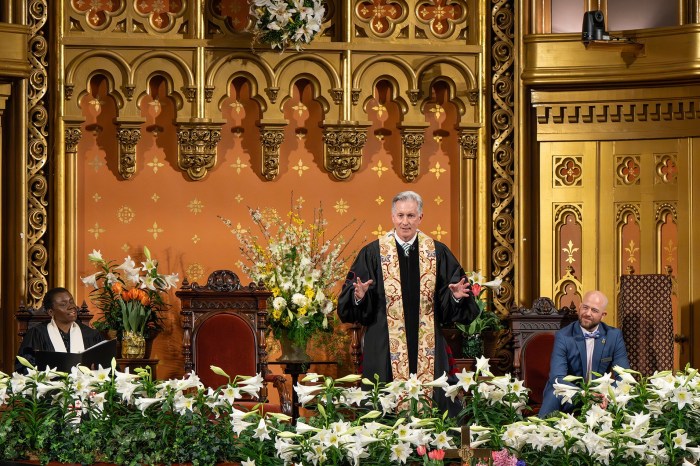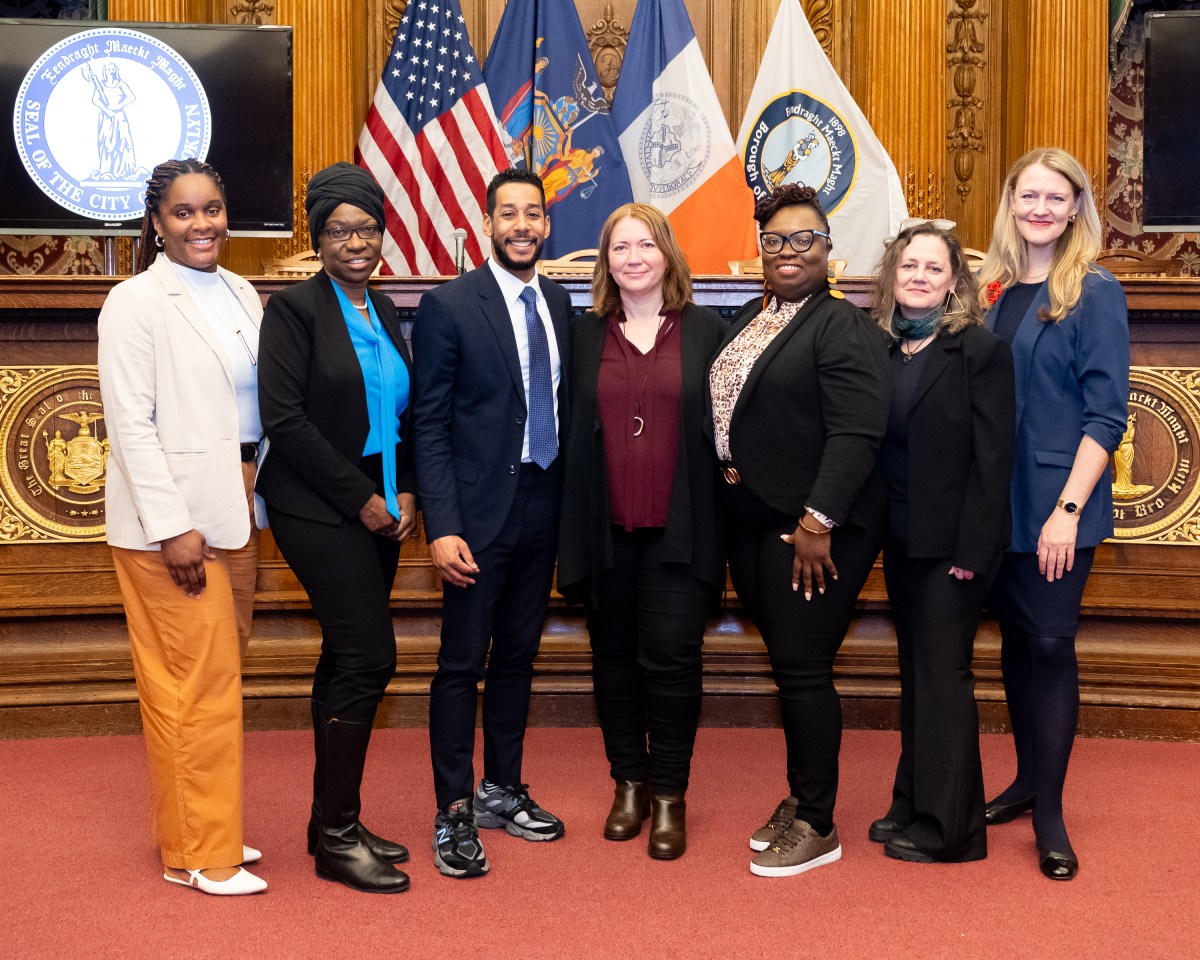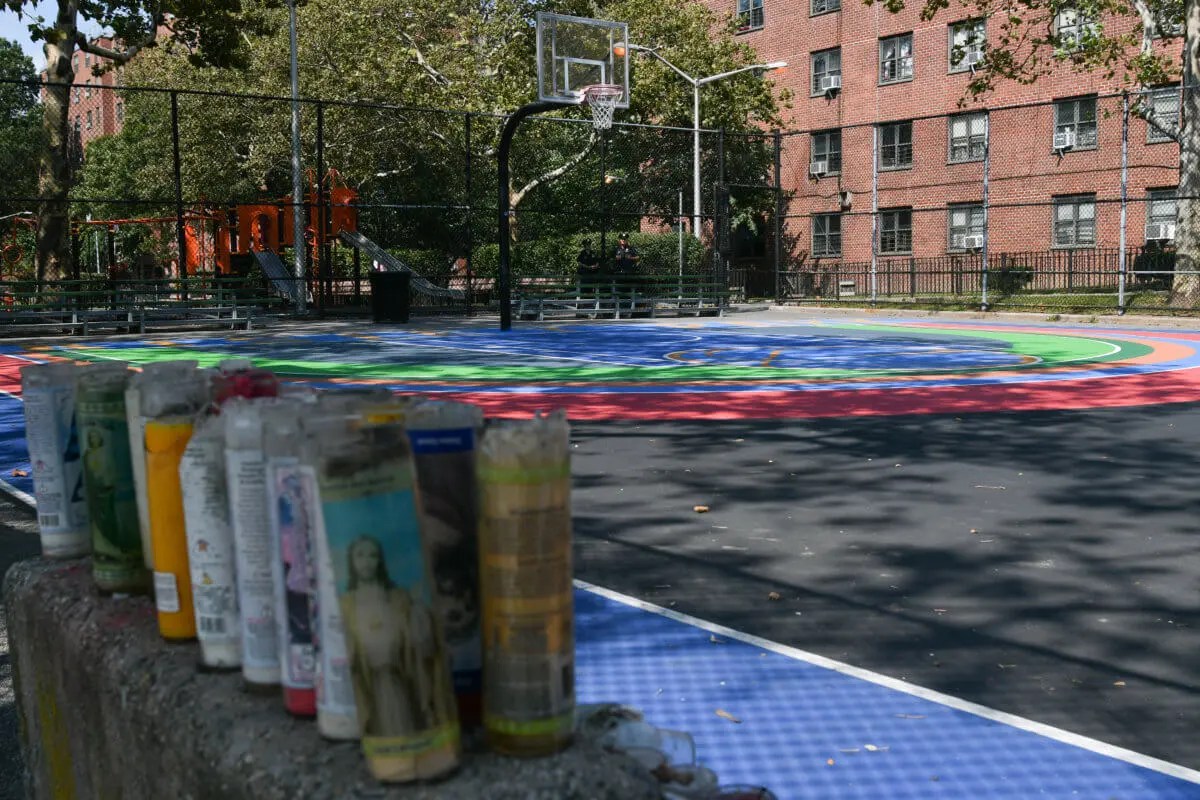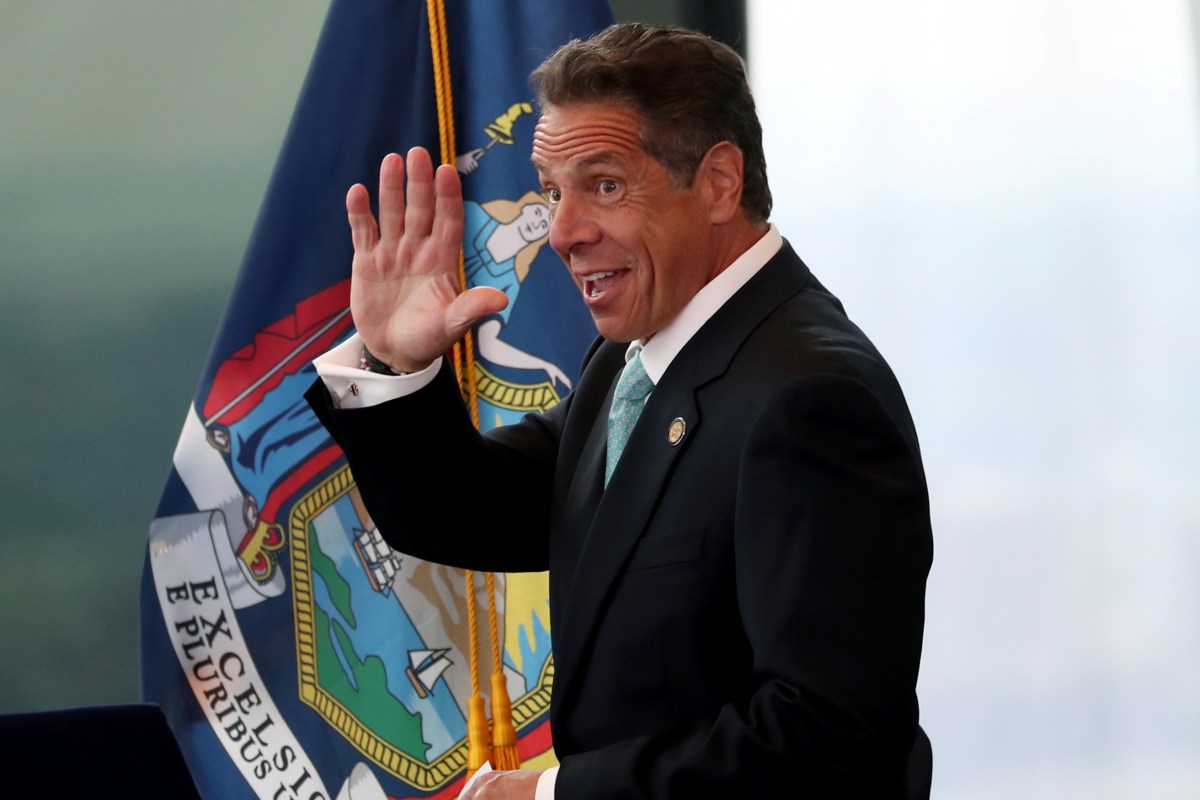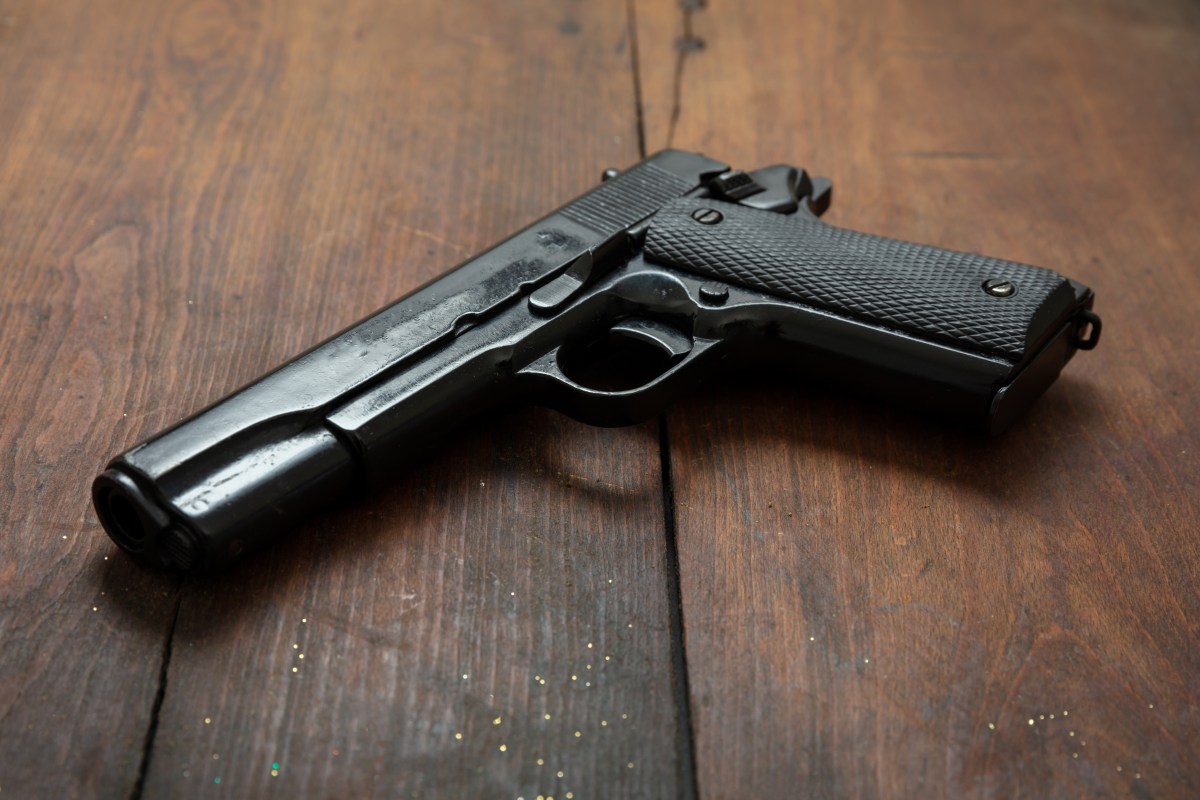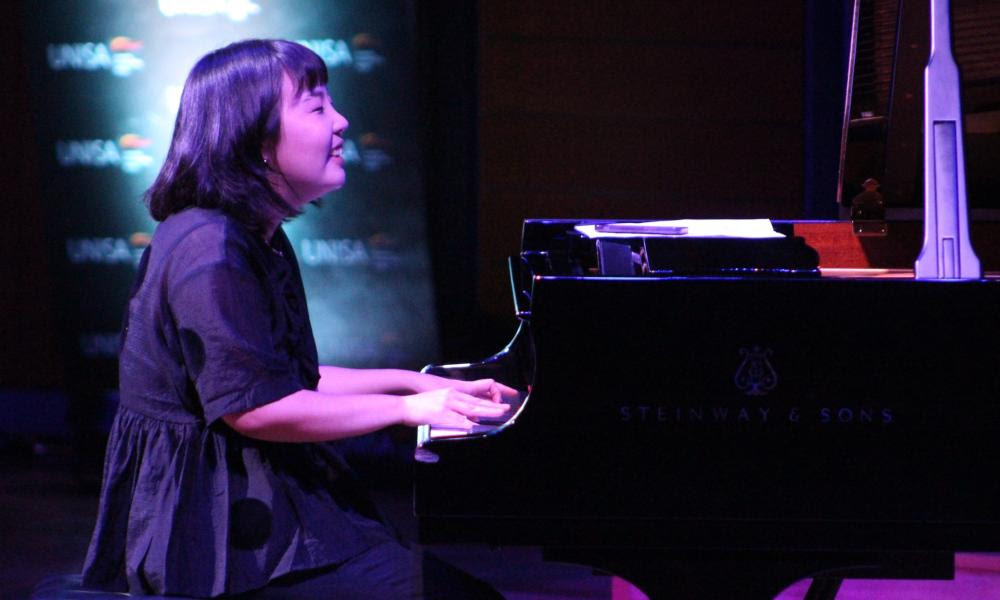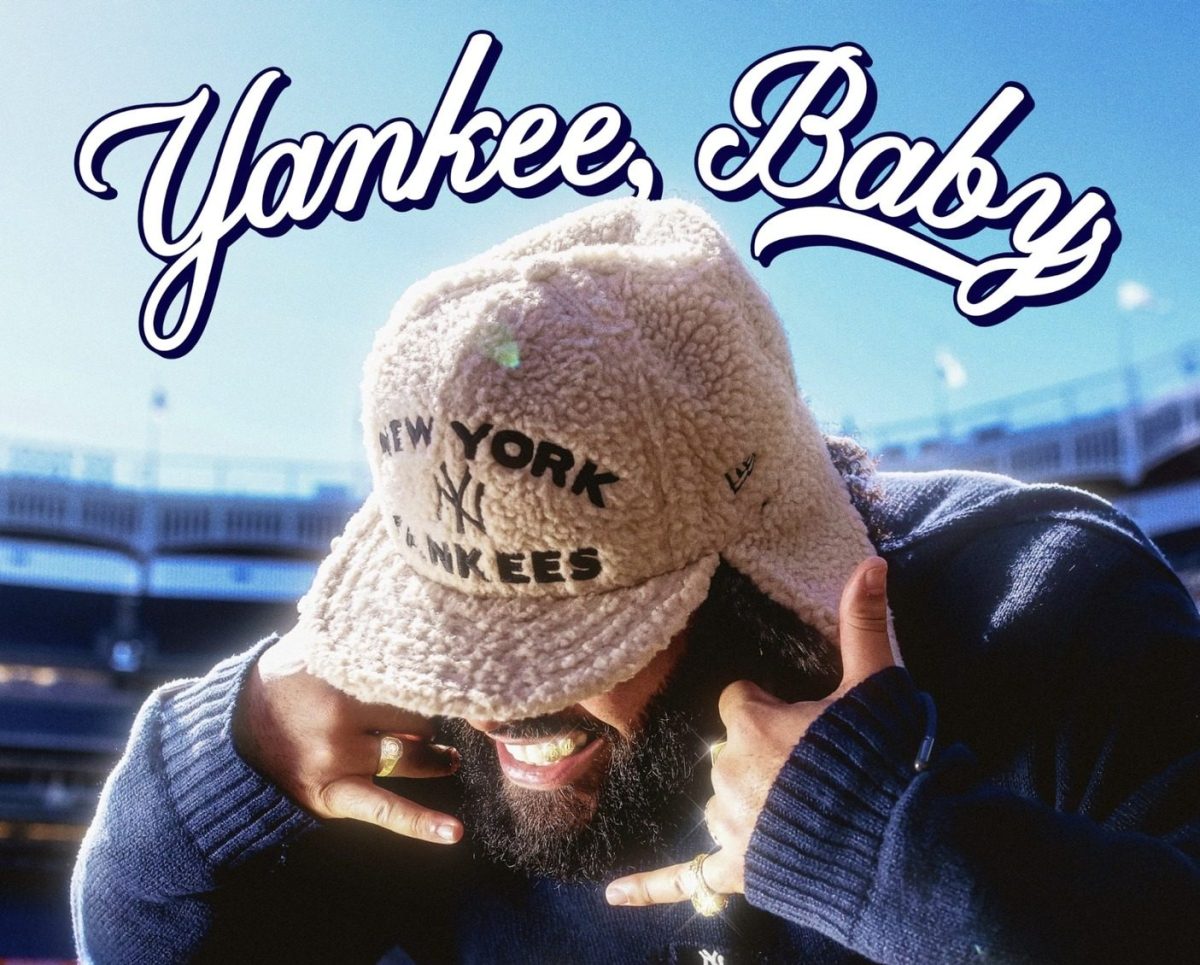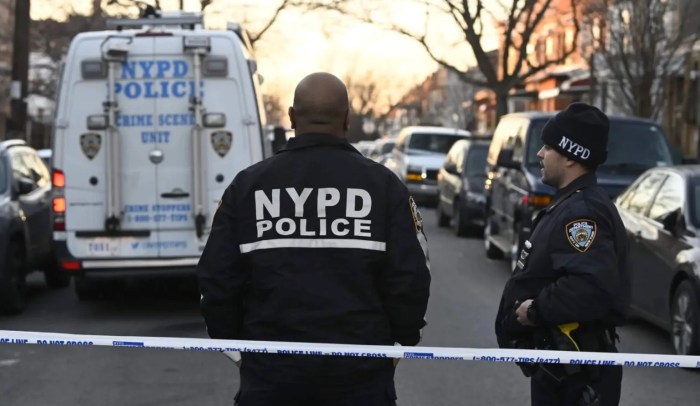By Mary Reinholz
On the last day of the Republican Convention in New York, a retired editor named Patricia Lowry took her last defiant stand: she lugged a bag of trash from her fifth-floor rent-controlled walk-up and deposited it in a garbage can outside the Bank St. building where she had lived for 50 years in the heart of Greenwich Village, doing so against the repeated warnings of family and friends.
There was no super on the premises and the frail but indomitable Lowry — who once sent a stable of reporters out to chronicle the Beautiful People for the influential Eye pages of Women’s Wear Daily — was often too proud to ask neighbors to help her one more time.
After completing her task that afternoon on Sept. 2, she walked up steep stairs to the building’s shadowy foyer to begin the second precarious climb to her studio that had a skylight she loved. She never made it.
“The stairs were dangerous and she couldn’t see too well,” said Peter Lowry, 42, a Bronx elementary school teacher and one of five nephews who survive her. “She lost her balance and fell backwards, smashing her head against the cement.”
His aunt, whom he called the most independent woman he has ever known, was born Oct. 13, 1918, in Andover, Mass., and had worked in Washington, D.C., at the U.S. War Department writing press releases during World War II. She died Jan. 14 at the Village Nursing Home of various complications from her injuries. She was 86 and had never married, living alone and retiring from WWD in 1988 after 40 years at the fashion bible. Her colleagues over the years included Ben Brantley, now chief drama critic for the New York Times, and Howard Kissel, a theater critic for the New York Daily News.
In a WWD obit published Jan.19, Kissel credited Lowry with transforming the Eye, a mix of gossip, features and celebrity sightings, into a “an important New York Institution.” Brantley recalled her no-nonsense style and said she was “never dazzled by the celebrities she put on her pages.”
Mort Sheinman, a former managing editor at WWD who met Lowry in 1960 when he first joined the paper, told The Villager: “She always kept me jumping. She was intimidating, opinionated and exasperating. She was also a terrific newspaperwoman. She had conservative views but she called herself a libertarian. She loathed any form of authority, whether it came from her government or her editors.”
Lowry, he recalled, always wore dark glasses, even in the WWD newsroom when it was located on E. 12th St. Before she became Eye editor, he said she would challenge higher-ups, summarizing news contents that went on Page 2. When an editor would tell her not to summarize a story that had to be held, Lowry, Sheinman said, would insist on summarizing it anyway if she felt the piece was timely or interesting.
“She would glare at the hapless editor from behind those sunglasses she always wore — you could feel the glare even if you couldn’t see her eyes — and in that New England accent she never lost she’d say, ‘Look, you might think this isn’t good enough for your part of the paper, but I think it’s important and I’m running it in my part of the paper.’ She never did, of course, but if she could have, she would have.”
In 1978, Fairchild Publications hired me as a WWD market editor and reporter and it was then that I first met Pat, as we all called her, when she was at the peak of her career, presiding over the Eye with her fearsome “I Spy” shades and editing copy for an Arts section during the height of the disco boom. Some Eye items and Arts stories would later appear in W magazine, the trade paper’s sister publication. Reporters in those days would volunteer or be asked to cover Eye’s nighttime assignments and I was one of them, stalking marquee names ranging from Mick Jagger to Henry Kissinger for Pat, who made it clear she wanted snappy prose and revealing quotes.
Early on in my three-year tenure at the paper, I managed to get a few disjointed comments from Jacqueline Kennedy Onassis, who spoke reluctantly to me at a literary function promoting one of her authors’ books for Doubleday. Norman Mailer was also there. “That’s a silly question,” Jackie murmured in her signature whispery voice when I asked her if she’d like to be Norman Mailer’s editor. After my write-up of that encounter was published, Pat began sending me on other assignments, including parties at Studio 54, where the likes of Truman Capote, Valentino, Diana Ross and Liza Minelli would show up. She rarely attended such events herself, but freely skewered celebs who she considered pompous and arrogant with a deft sentence or two inserted into a writer’s copy.
Pat also had the awful task of editing out names of rich and famous people who had fallen out of favor with then publisher John Fairchild for one reason or another, among them Andy Warhol, Bianca Jagger and Geoffrey Beene, the eminent designer who died last year. She most likely hated that part of her job because of her fundamental honesty, but she never complained. She was fiercely loyal and defended her reporters against their detractors.
When the world-famous Italian journalist Oriana Fallaci complained about my interviewing style to another WWD editor, claiming incorrectly that I had not read her latest book — “Who is zeez girl you send to me? She’s funny! Why don’t you send me a man?” — Pat became highly indignant, unsuccessfully attempting to run a headline over my largely flattering profile of the talented-but-stormy Oriana, blaring: “The Dictatorial Fallaci.”
When Jane Fonda showered me with expletives for inquiring if she had tinted her hair blonde during a party at Harkness House after the premier of her 1979 anti-nuclear film “The China Syndrome” — “F—my hair!” and “Play down this social thing!” she commanded — several editors who liked the activist actress wondered why she would blow up like that at a reporter she knew from another lifetime.
But Pat, a devout Catholic conservative who was hardly fond of Jane’s politics, had no patience for trying to analyze her outburst. She used the term “bleep” instead of the star’s swear words and ran the item with a vengeance, calling me years later to say that it had been reprinted in an anniversary issue of W magazine.
By then, she had retired and I was freelancing for Newsday, a paper she loathed for its lengthy features and purported liberal bias. She felt the same way about The New York Times but liked columnist Maureen Dowd. “I hope they just let her be,” she told me once. Her favorite paper was the unabashedly right-wing New York Post under Rupert Murdoch “because it’s lively and it’s fun,” she said.
We exchanged jibes comparing the styles of The Post and The Times, the latter my daily paper of choice, but I always brought her a copy of the tabloid when visiting Pat at her apartment in her last years. She had suffered a stroke in the late 1990s and it was hard for her to get around. But Pat refused to live with her relatives in Long Island for any extended period of time.
She also refused to go to doctors even for a simple procedure to remove cataracts, but got her hair done every week for 20 years with Angelo Cavello at Nick’s Hair Stylists on Horatio St. Cavello said she was modest and unassuming and “never” spoke about her career unless she was asked. “She was very nice, very personal with me,” Cavello said. “She loved her family.”
The last time I spoke to her at any length was shortly after President Reagan died. Pat said she watched “every minute” of the long televised goodbye on both coasts and had wept at his passing. She said she wished that Nancy Reagan had not “broken down” at the casket just before her husband was to be buried in California, noting that Jackie Kennedy “never did that” during J.F.K.’s funeral in 1963. Despite Jackie’s liberal views, Pat admired her stoicism.
What stands out in my memory now is not just her interest in exposing the foibles of the glitterati but her empathy with the younger writers and editors she befriended and encouraged at WWD — and for the people she encountered on the street. She couldn’t seem to pass a homeless person in New York without reaching into her pocketbook and extending a few greenbacks to someone in need. In a paper dollar world just as phony as it could be, Pat Lowry was for real, a true compassionate conservative. Unlike others in the G.O.P., she liked Whoopi Goldberg and suggested we catch “The Sister Act,” in Chelsea in 1992, reminding me that Whoopi had won an Oscar for her role as a storefront medium in “Ghost.” Here’s hoping Whoopi can channel Pat my way soon, because I will miss her sorely.
A Long Island funeral Mass was held for her Jan. 18 at St. Lawrence the Martyr in Sayville. Buriel was at St. Charles cemetery in Farmingdale. Survivors include her nephews Peter Lowry and Paul Lowry, of Hicksville, David Lowry, of Pleasant Valley, Michael Lowry, of Medford; John Dempsey of Northvale, N.J.; a sister, Virginia Climo, of Wakefield, Mass., and Allison Conners, a niece, also of Wakefield, plus nine grand nieces and grand nephews.










